12 School Supplies From The ’50s That Would Spark Safety Lawsuits Today
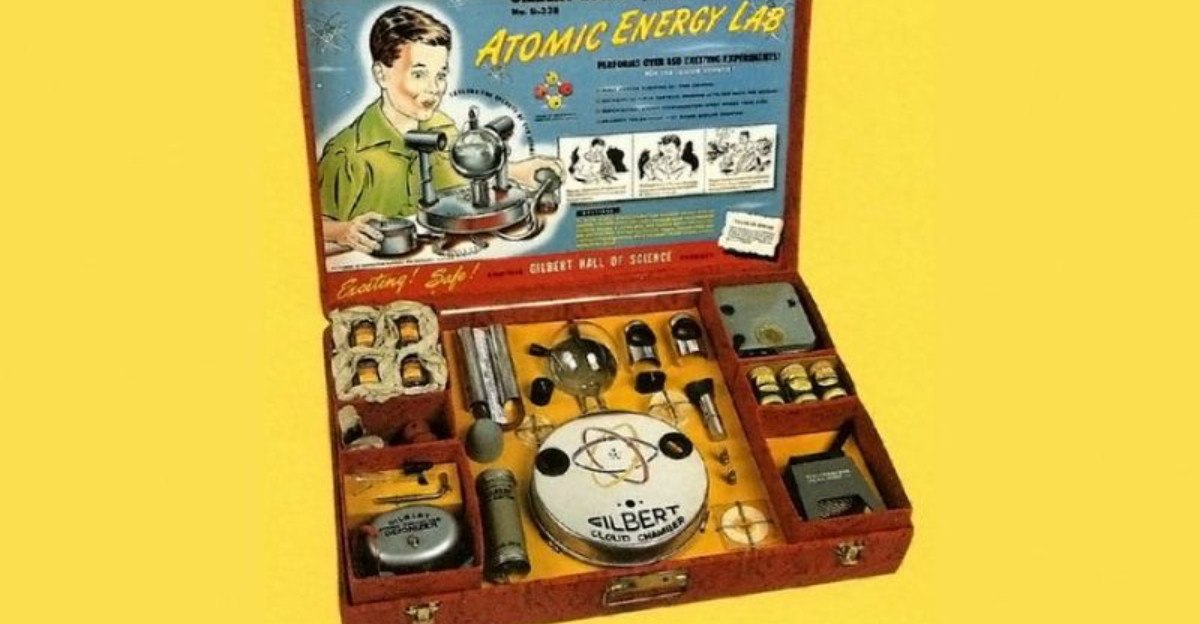
Ah, the good old school days—back when “child safety” was more of a suggestion than a rule. If you were a kid in the 1950s, you remember the classroom being a veritable obstacle course of danger, cleverly disguised as education.
We had metal lunchboxes sturdy enough to fend off wild animals, pencil sharpeners that could double as medieval torture devices, and glue that smelled like it could power a rocket ship. Scissors were basically mini machetes, rulers doubled as disciplinary tools, and don’t even get me started on those “harmless” science kits that came with real chemicals and zero supervision.
Today’s school supplies come bubble-wrapped and lawyer-approved, but back then, everything in your desk could either educate you or land you in the nurse’s office. So, buckle up as we take a hilarious stroll down memory lane—to a time when danger came in crayon form and asbestos was practically a school mascot.
1. Mercury Thermometers That Shattered Dreams (And Floors)

My eighth-grade science teacher, Mr. Peterson, had a habit of tossing thermometers to students who answered questions correctly. Looking back, we were basically catching vials of poison! These glass tubes contained actual mercury – a silvery, mesmerizing liquid that was incredibly toxic.
When Billy Jenkins dropped one during our chemistry lesson, the mercury scattered into tiny beads across the floor. Instead of hazmat suits and evacuation procedures, our teacher simply had us help sweep it up with paper. Some kids even played with the mercury balls, rolling them around their desks with pencils!
The neurotoxic vapor we breathed in that day would trigger an environmental emergency today. Back then, it was just another Tuesday in science class.
2. Lead Paint Art Supplies That Brightened Our Days (And Damaged Our Brains)
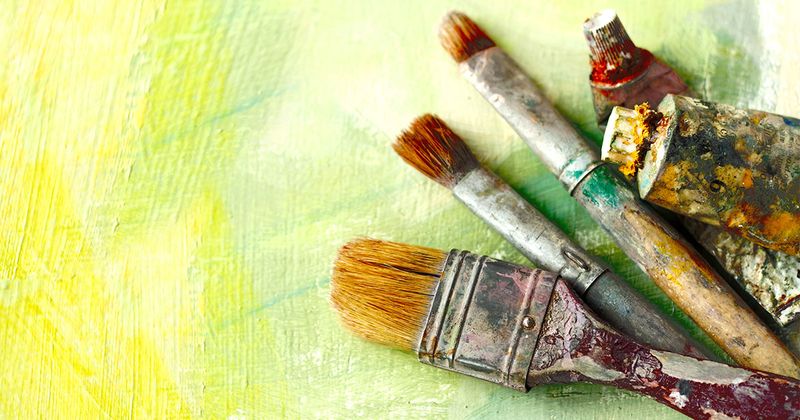
Art class was my favorite period – nothing beat the vibrant colors of those lead-based paints we slathered onto paper with our bare hands. The school’s art cabinet was stocked with jars of paint containing enough lead to make modern parents faint.
Mrs. Winters encouraged creativity by letting us mix colors directly with our fingers. Sometimes we’d leave with rainbow-stained hands that wouldn’t wash off for days. The paint tasted slightly sweet, which is why Tommy Wilkins once ate a spoonful on a dare.
Nobody worried about the neurotoxins we were absorbing through our skin or the brain development we might be hampering. The bright yellow sun I painted for my mother still hangs in her kitchen – a toxic time capsule from a more carefree era.
3. Asbestos-Lined Lunch Boxes That Kept Sandwiches Warm (And Lungs Damaged)
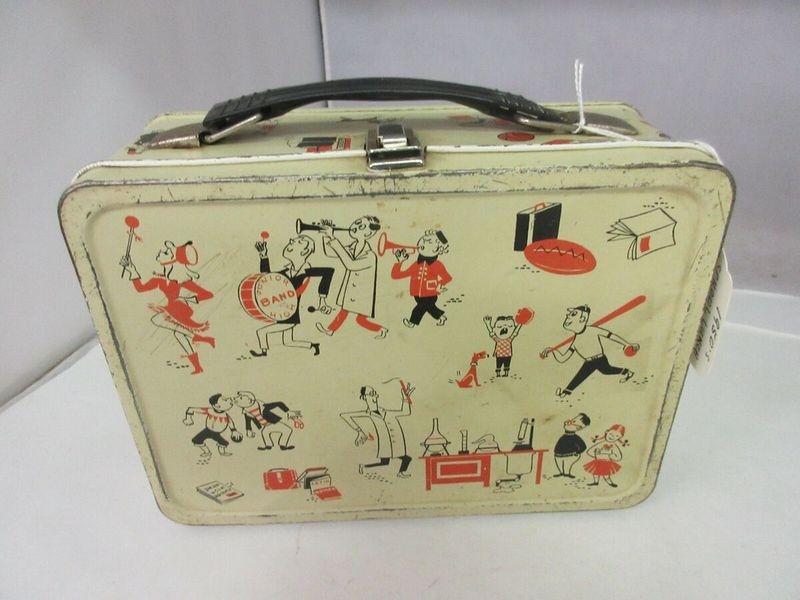
My Roy Rogers lunch box wasn’t just a fashion statement – it was a health hazard on a handle! These metal lunch boxes were often lined with asbestos insulation to keep our sandwiches warm until lunchtime. The fibrous material worked wonderfully for temperature control but released microscopic particles every time we popped them open.
I remember the satisfying click of unlatching my box, completely unaware I was potentially inhaling carcinogenic fibers along with the aroma of my peanut butter and jelly sandwich. The inside of my box had tiny flakes that sometimes got onto my food – we just brushed them off and kept eating.
Mom was so proud she’d found a lunch box that kept my thermos of soup warm all morning. If only she’d known what was really inside those colorful metal walls!
4. Radioactive Science Kits That Made Learning Explosive
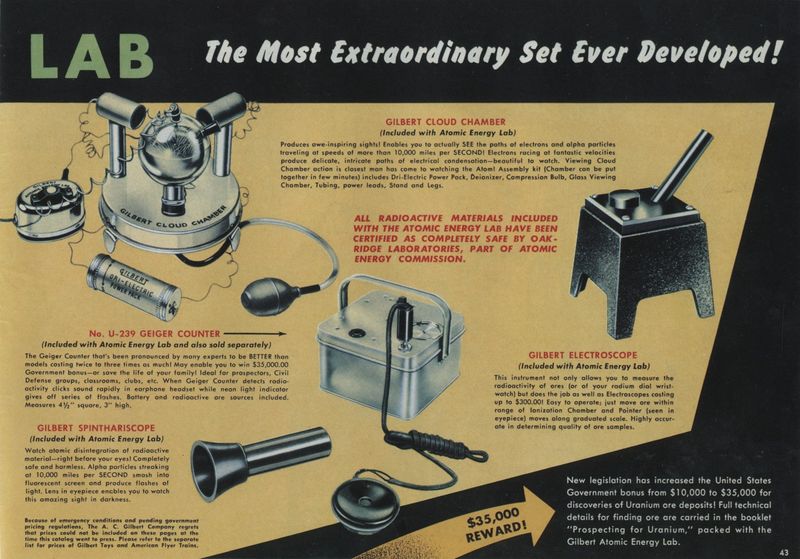
Santa brought me the ‘Gilbert U-238 Atomic Energy Lab’ for Christmas in 1951, and I became the most popular kid on the block. This wasn’t your modern baking-soda volcano – this baby came with ACTUAL radioactive materials! Four different uranium ore samples sat in little jars, ready for children’s curious hands.
The kit included a Geiger counter so we could measure the radiation ourselves. My friends and I would spend hours in the basement seeing which samples were “hotter” while our parents praised our scientific curiosity from upstairs.
We’d carry uranium samples in our pockets to show off at school. The instruction manual suggested activities that would make today’s nuclear regulatory agencies shut down an entire neighborhood. Somehow, the possibility of radiation poisoning never dampened our enthusiasm for atomic science.
5. Razor-Sharp Metal Compasses That Doubled As Weapons
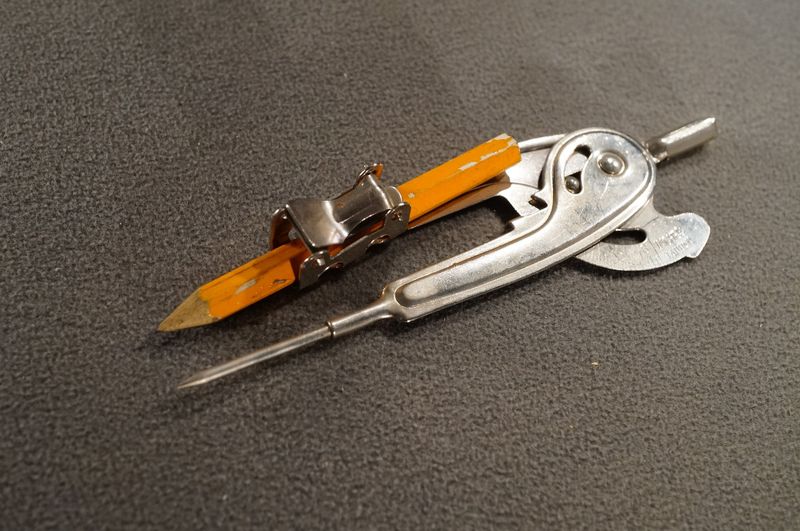
Geometry class armed every student with what was essentially a sharpened metal spike attached to a pencil. Our compasses were serious tools – heavy, metal instruments with genuinely sharp points that could easily puncture skin.
Jimmy Donovan once accidentally stabbed himself while trying to draw a perfect circle, sending blood dripping onto his math worksheet. Rather than rushing him to the nurse, Mrs. Peterson simply handed him a handkerchief and told him to be more careful.
The same instrument we used to draw precise circles also served as an excellent tool for carving initials into wooden desktops. Today’s plastic safety compasses with blunted tips wouldn’t last a day in our 1950s classroom jungle.
6. Wooden Rulers With Metal Edges That Sliced And Diced
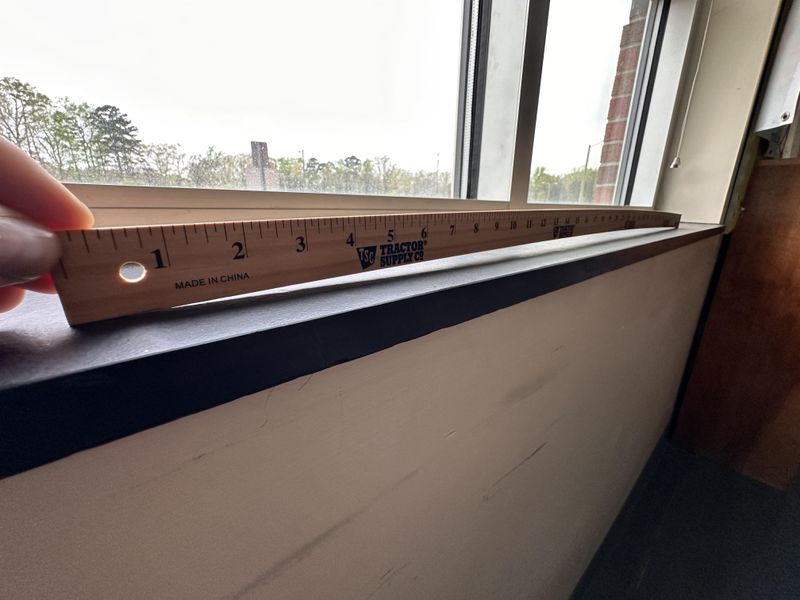
Nothing says “measure twice, cut once” quite like the wooden rulers of my childhood – literal weapons disguised as measuring tools! These foot-long classroom staples featured actual metal strips embedded along the edge, ostensibly for drawing straight lines but practically designed for maximum finger-slicing potential.
The metal edge could easily snag on paper or clothing, creating a jagged tear that would make even the toughest kid wince. I still have a tiny scar on my left index finger from when my ruler slipped while I was drawing a map of South America in fifth grade.
Teachers would sometimes rap knuckles with these rulers as discipline, leaving red marks that stung for hours afterward. Today’s flexible plastic rulers might bend under pressure, but at least they don’t require tetanus shots when mishandled!
7. Chemistry Sets With Real Chemicals That Could Blow Up Your House
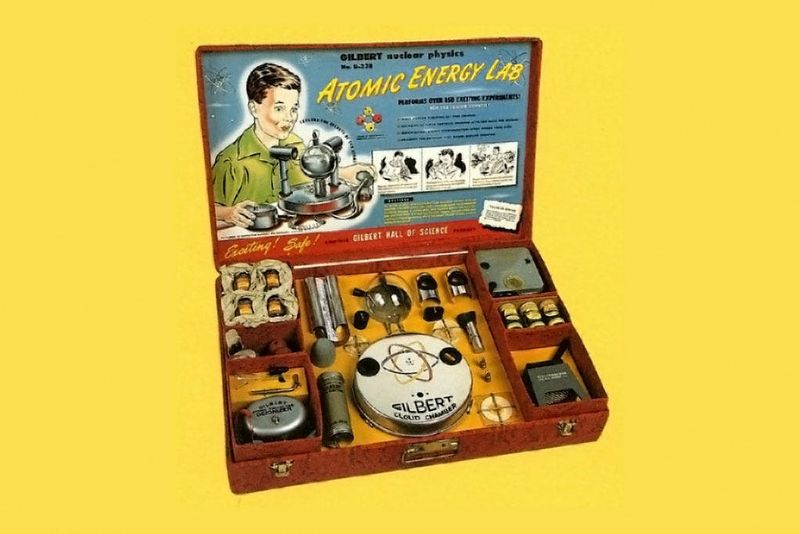
Dad bought me the deluxe Porter Chemistry Set for my 12th birthday, complete with glass test tubes, Bunsen burner, and enough chemicals to potentially level our garage. Unlike today’s watered-down versions with colored water, our chemistry sets contained potassium nitrate, sulfur, and charcoal – literally the ingredients for gunpowder!
My buddy Frank and I created a small explosion that singed his eyebrows and left a black mark on his parents’ basement ceiling. Nobody called poison control or the fire department. Frank’s dad just laughed and said, “That’s how boys learn!”
The instruction booklet included experiments that produced noxious gases, acids strong enough to eat through clothing, and compounds that could spontaneously combust. We handled these chemicals with the casual confidence that comes from complete ignorance of danger.
8. Leaded Pencils That Poisoned With Every Chew
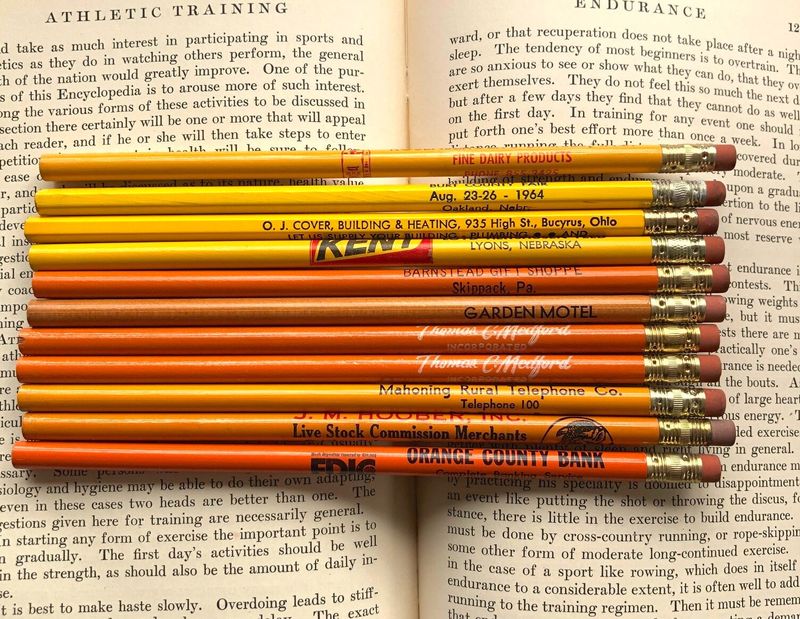
Yellow #2 pencils were my nervous habit’s best friend and my body’s worst enemy. Despite the name “lead pencil,” I recently discovered our writing implements actually contained graphite – but the yellow paint coating them? That was loaded with actual lead!
Every student I knew chewed their pencils during tests. The more challenging the question, the more pencil we’d gnaw through. The sweet taste of the paint should have been our first clue something was wrong, but nobody connected our learning difficulties with our oral fixations.
Teachers would scold us for the teeth marks, not because of potential poisoning but because it made the pencils look untidy. Some kids even developed calluses on their lips from constant pencil-chewing. The thought of all that lead we unknowingly ingested throughout elementary school makes my blood pressure rise!
9. Mimeograph Machines That Got Us Legally High
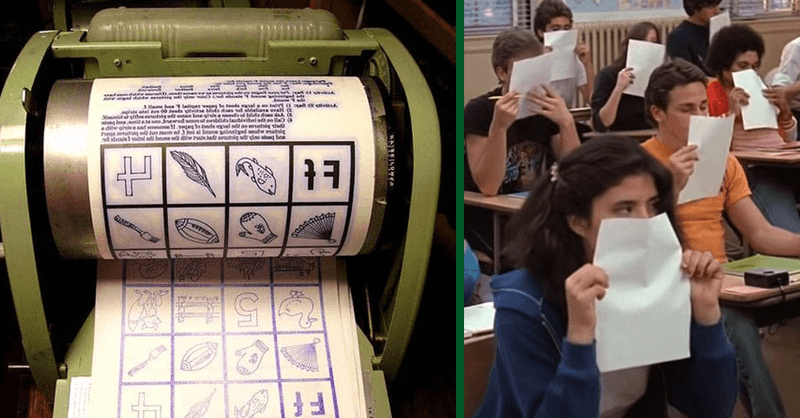
Friday afternoons meant one thing in Miss Perkins’ class – fresh purple mimeograph worksheets hot off the machine! The intoxicating chemical smell of those damp purple pages was the 1950s equivalent of an approved classroom high.
We’d eagerly await our math problems, not because we loved arithmetic, but because we couldn’t wait to press our noses to the paper and inhale deeply. The methanol and other solvents in the ink produced a lightheaded sensation that made multiplication tables slightly more bearable. Some kids would even fight over who got the freshest sheets with the strongest fumes.
Teachers encouraged us to take deep breaths of these chemical-laden papers, completely unaware of the volatile organic compounds we were inhaling. The distinctive purple ink would stain our hands and clothes, leaving evidence of our exposure long after the chemical buzz wore off.
10. Toxic Rubber Cement That Glued Our Brains
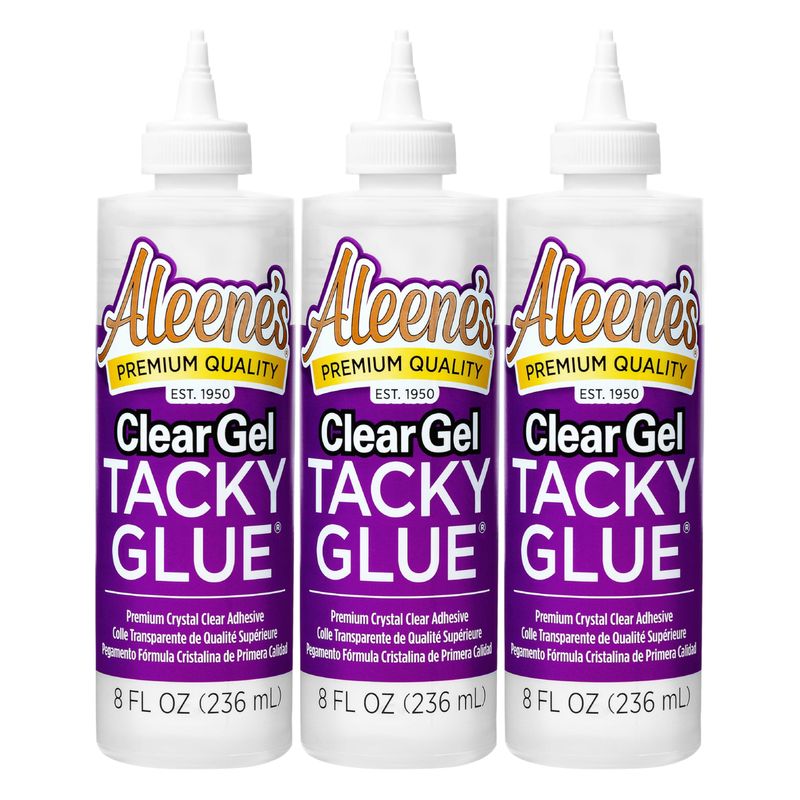
Art projects required liberal use of rubber cement – that magical adhesive that came in a brown bottle with a brush attached to the lid. The fumes were so potent they could make you dizzy after just a few minutes of crafting in a poorly ventilated classroom.
We’d spread it on paper, our desks, and occasionally our skin, peeling it off like artificial scabs once it dried. The classroom would fill with a chemical fog as thirty kids simultaneously opened their bottles. Some of the braver students would hold the bottles directly under their noses for an extra strong whiff.
Mrs. Henderson never opened windows during art time, even in pleasant weather. She claimed the draft would ruin our paper-mâché projects, apparently unconcerned about the toxic vapors altering our developing brains.
11. Scissors Sharp Enough To Perform Surgery
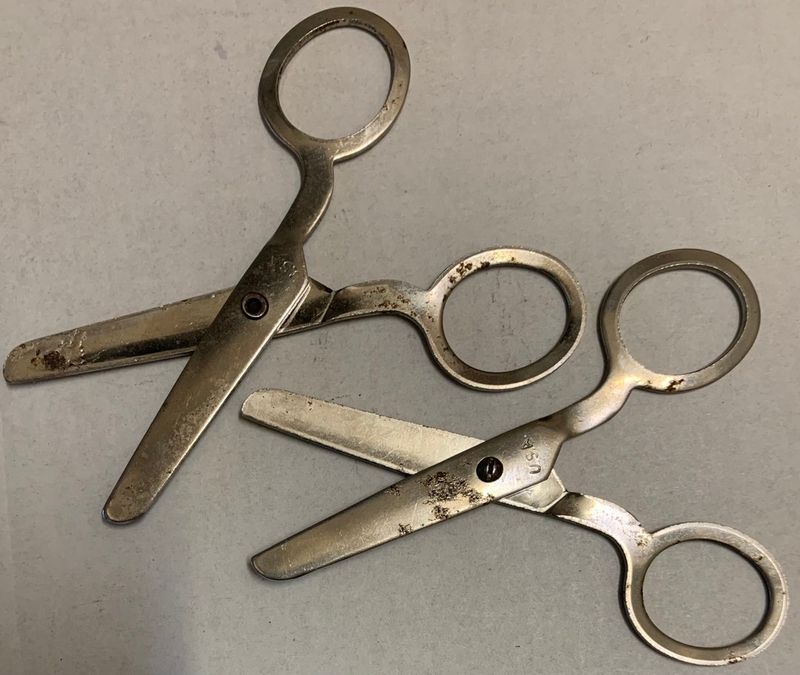
“Run with these and you’ll put your eye out!” was the only safety warning we received when handed what were essentially surgical-grade cutting instruments. Our classroom scissors weren’t the rounded-tip safety versions kids use today – they were heavy-duty metal shears with legitimately pointed tips and razor-sharp edges.
I once watched Bobby Turner accidentally snip the end of his finger while cutting construction paper. Our teacher simply wrapped it in a handkerchief and told him to be more careful! No incident reports, no calls home, no trip to the nurse’s office.
The right-handed bias of these scissors meant us lefties struggled with mangled paper edges and hand cramps. Yet somehow, despite arming a room full of impulsive children with potential weapons, serious injuries were surprisingly rare.
12. Ceramic Ashtrays Made In Pottery Class
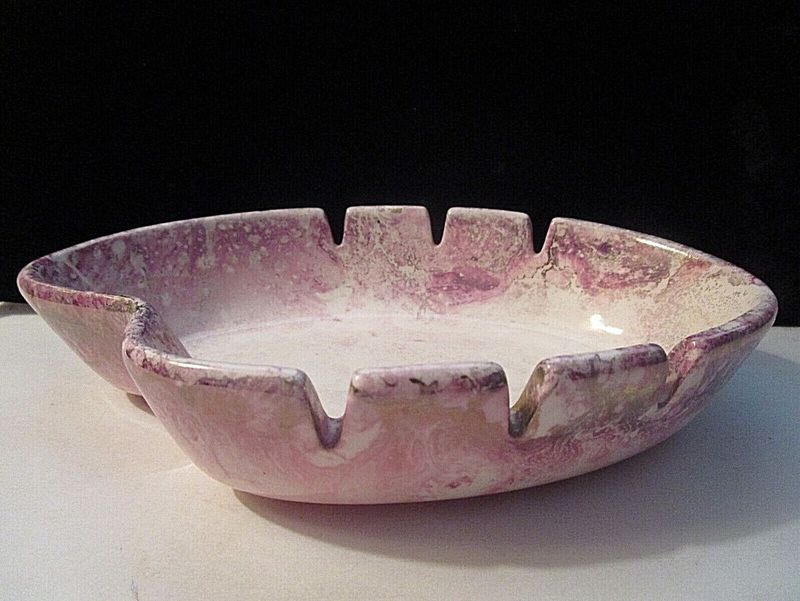
Nothing says “wholesome childhood memories” quite like crafting a beautiful gift for Dad in pottery class – an ashtray to encourage his two-pack-a-day habit! Every year before Father’s Day, we’d spend weeks molding clay into perfect little dishes specifically designed to hold burning cigarettes.
Mrs. Thompson would demonstrate the proper technique for creating the notches where the cigarette would rest. We’d carefully paint our creations with lead-based glazes in vibrant colors before they went into the kiln.
The school proudly displayed our ashtrays at the spring art show, where parents would ooh and aah over their children’s contribution to their smoking habit. Nobody batted an eye at elementary students creating paraphernalia that facilitated a deadly addiction – it was simply considered a practical gift!
